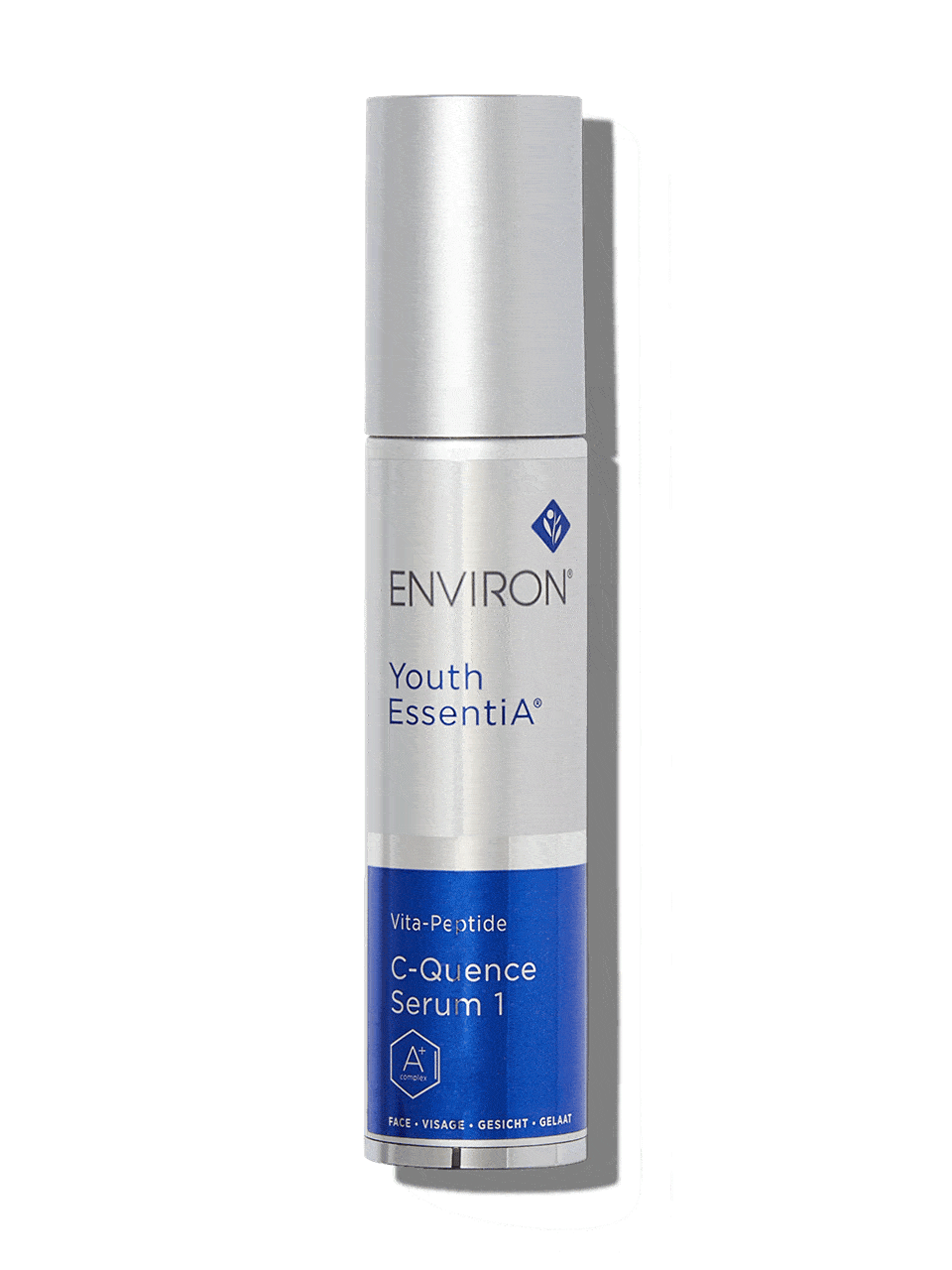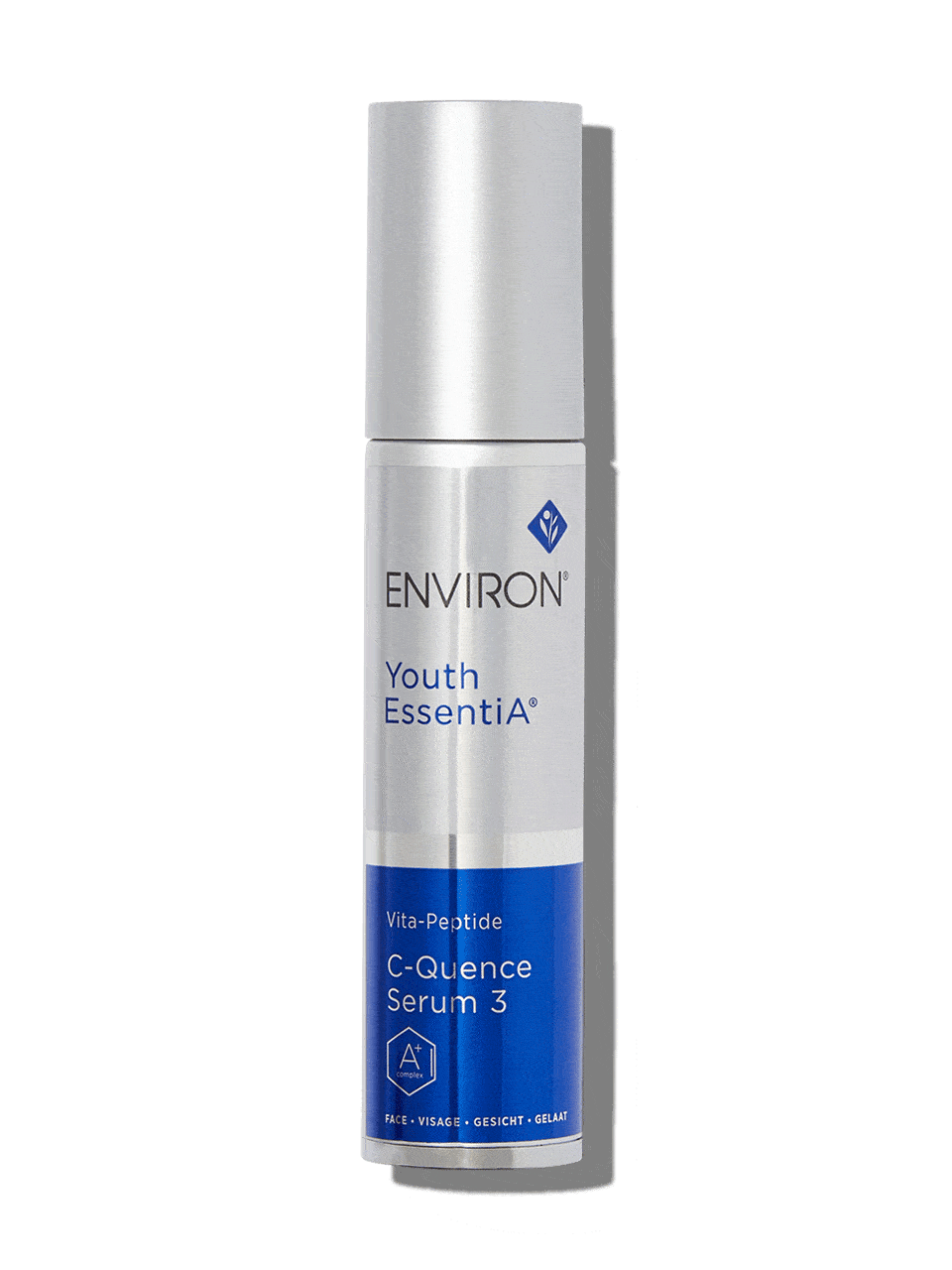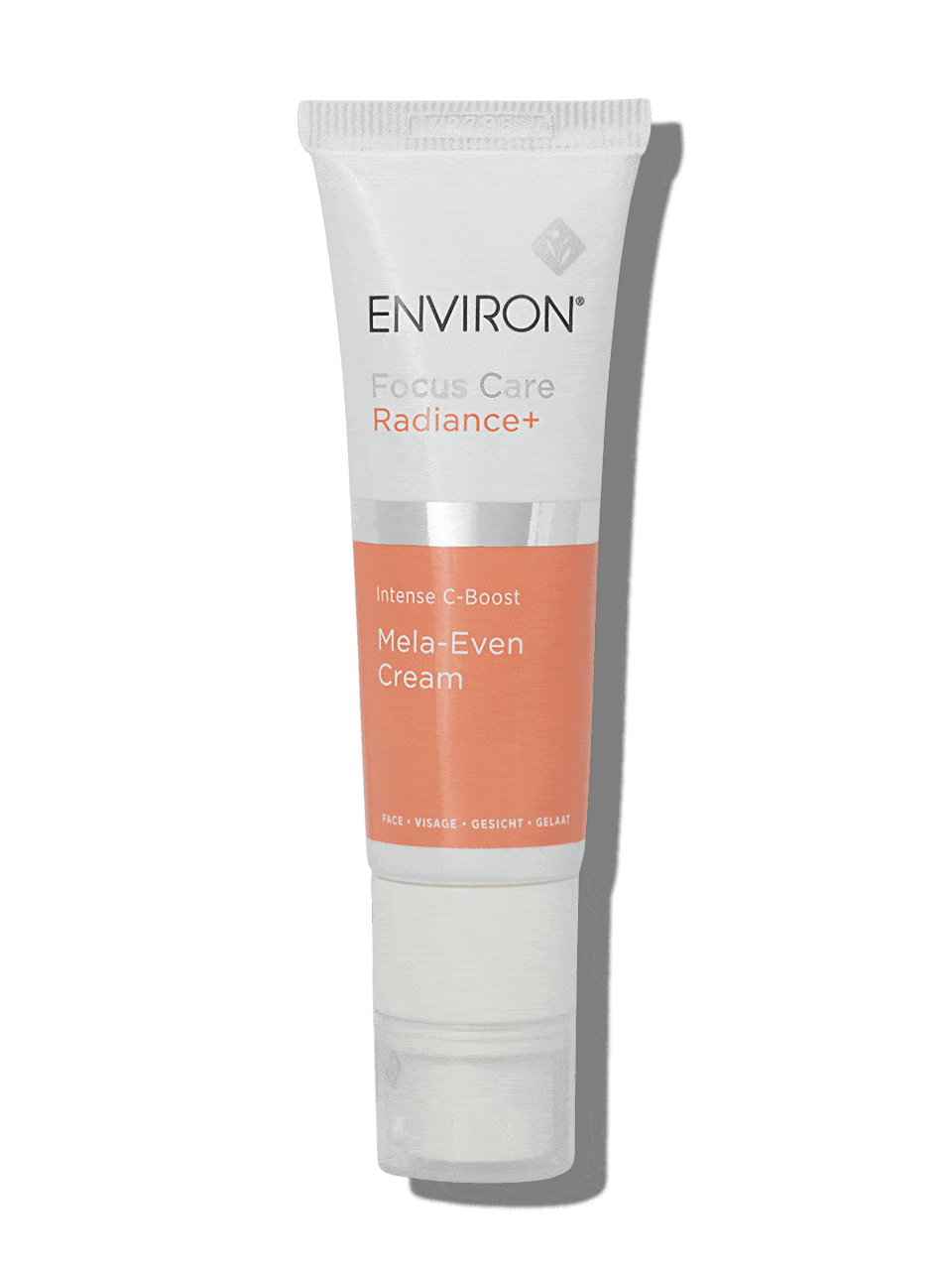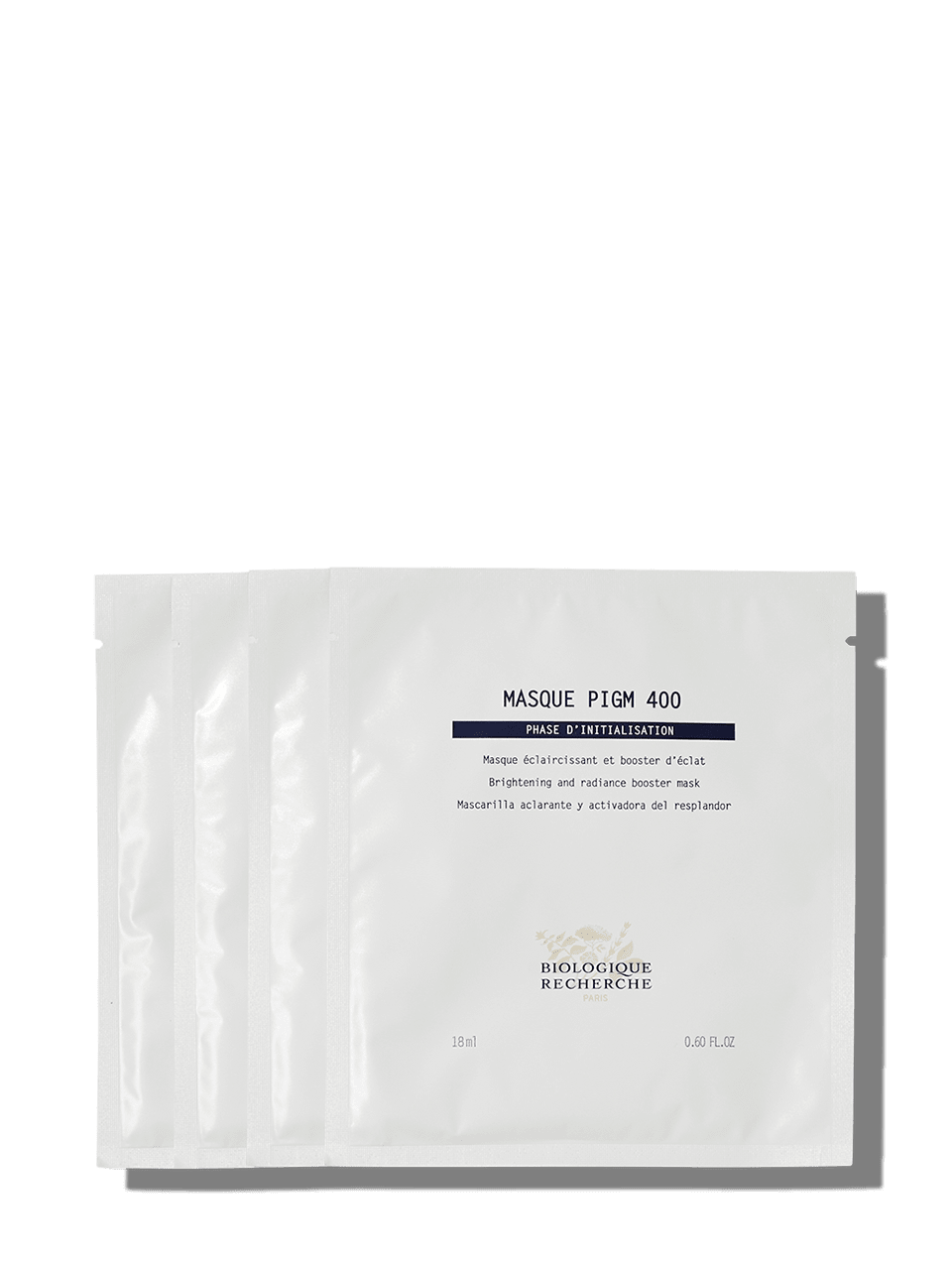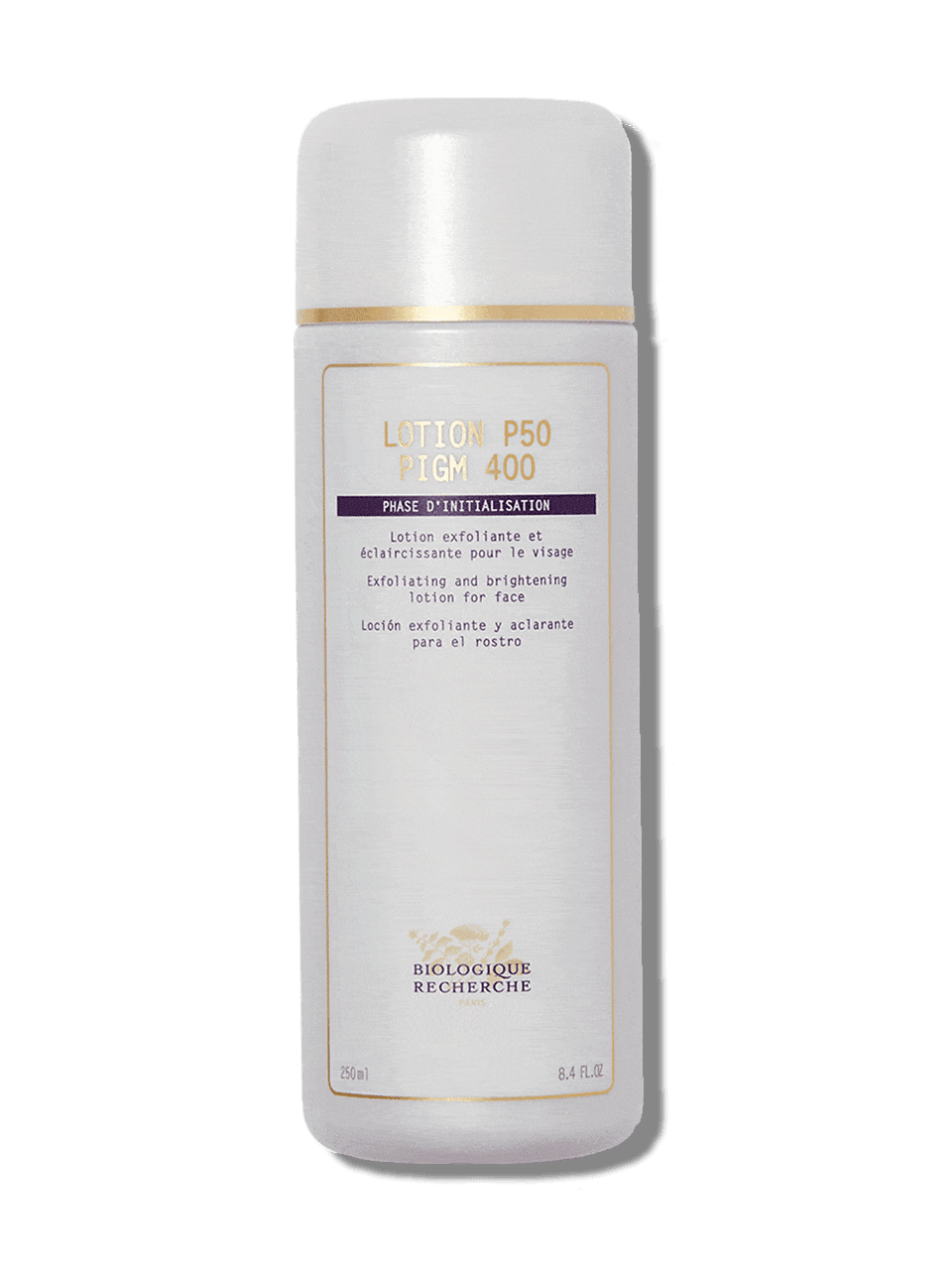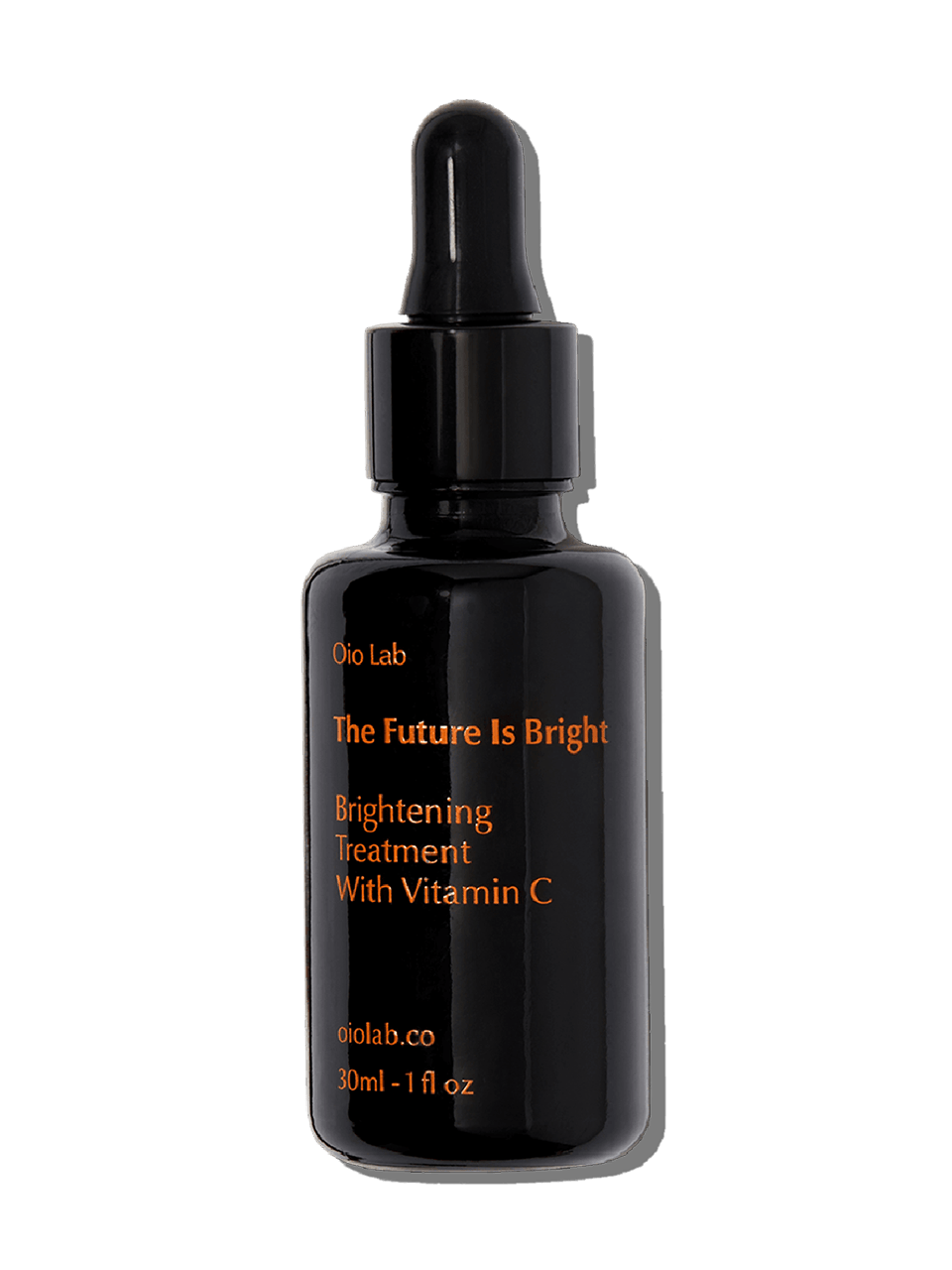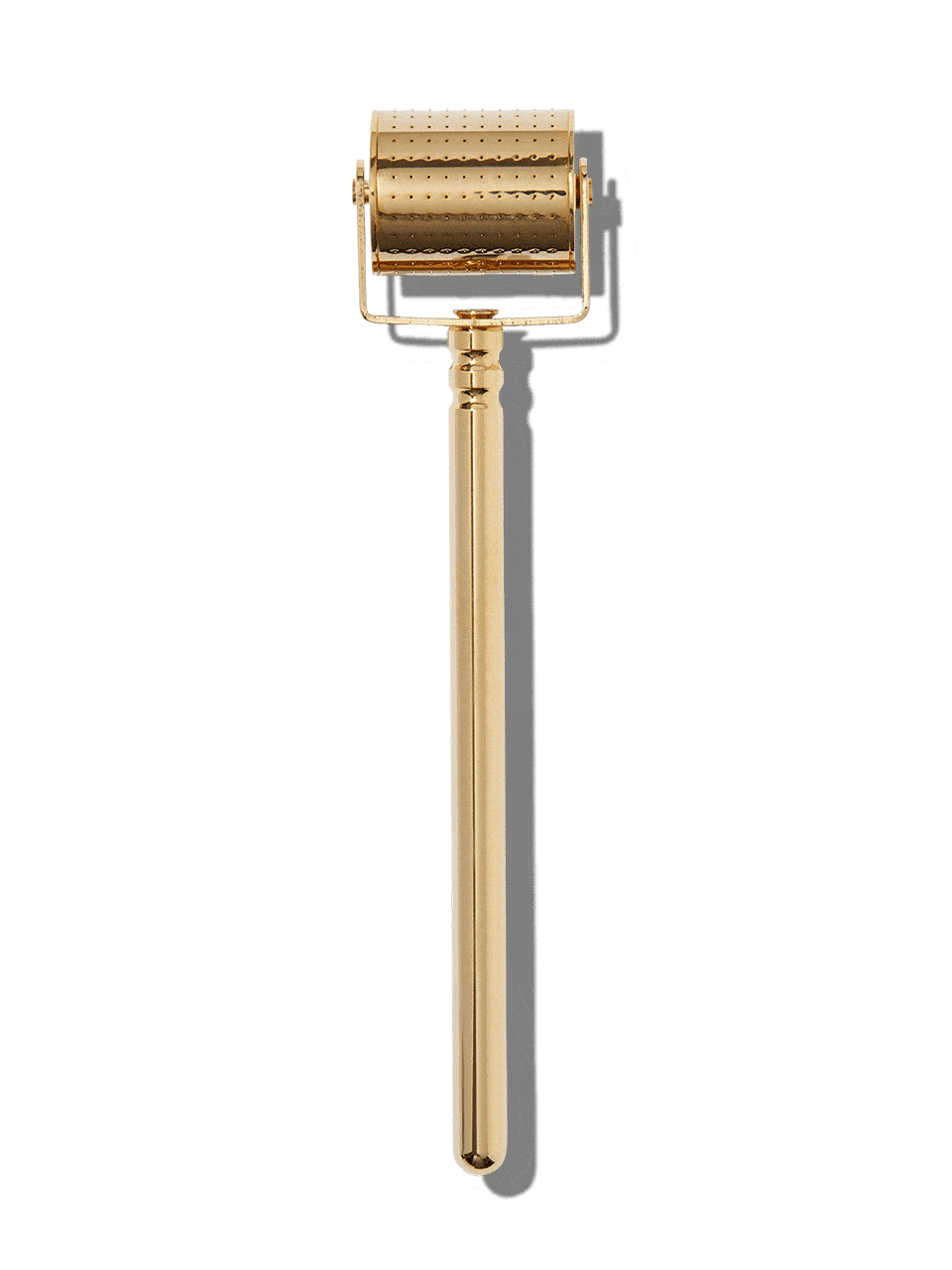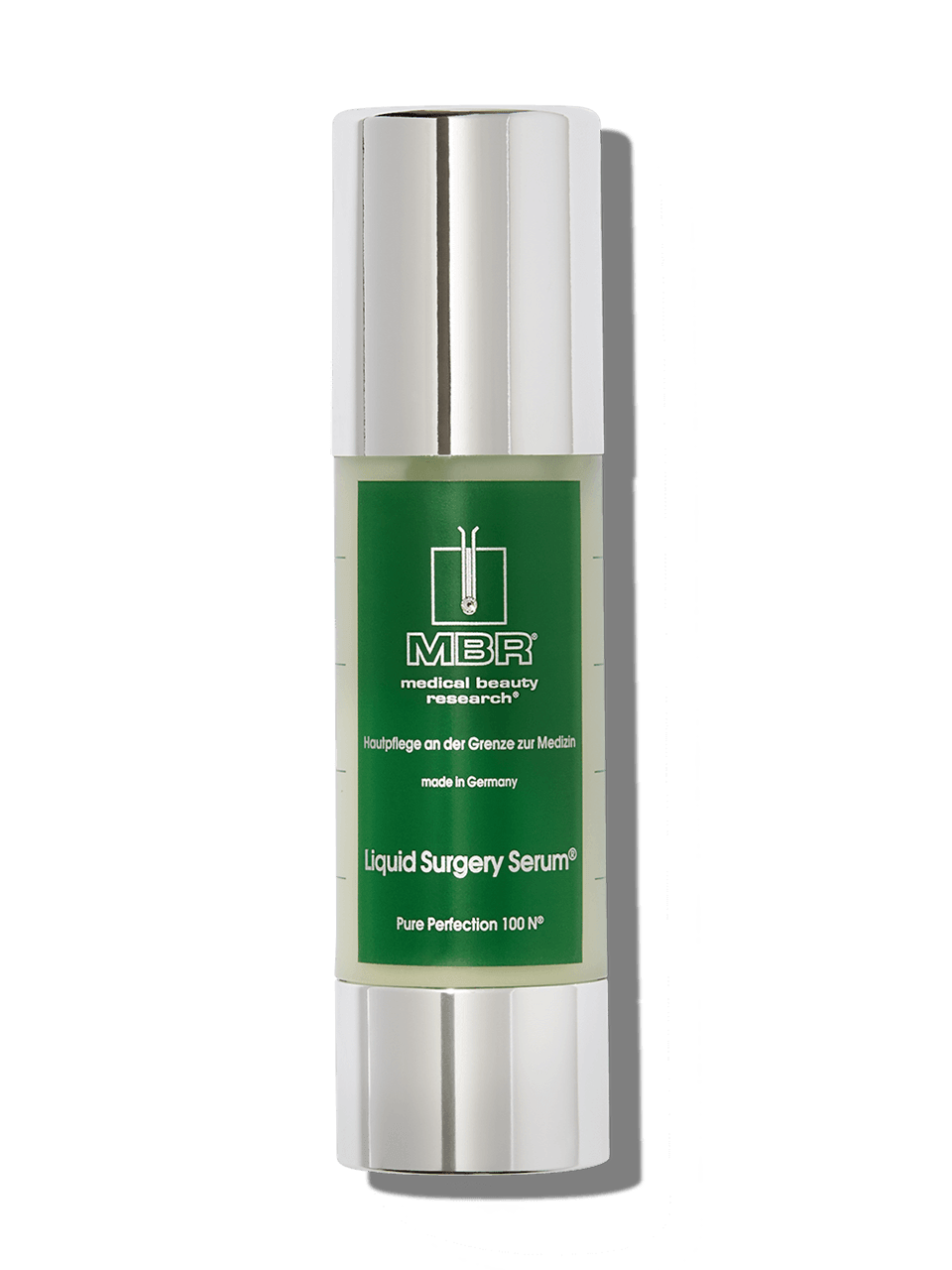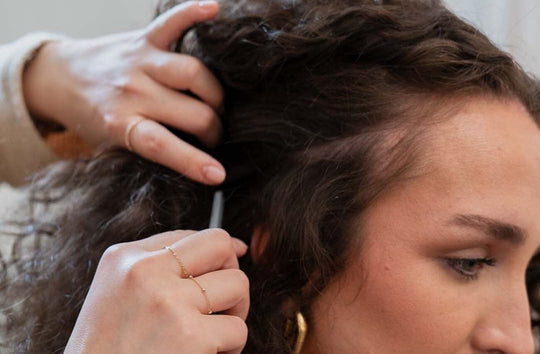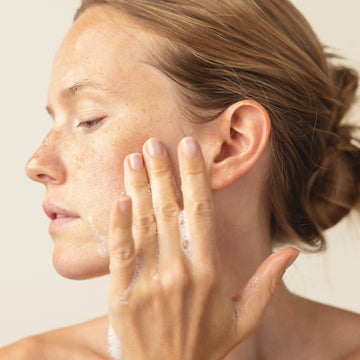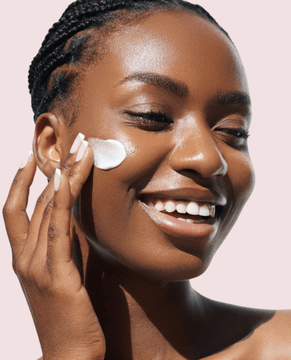How To Treat Acne Scars
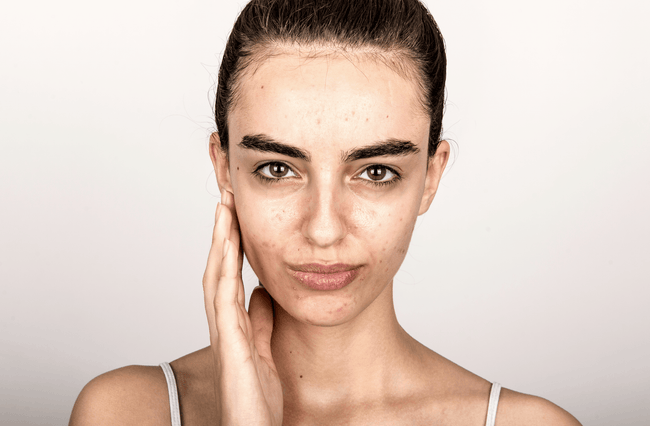
One of the most challenging aspects of acne can be the scarring that remains long after the breakouts are gone. There are some effective treatments and products that help minimize the damage to the skin.
Causes of Acnes Scarring
Acne scarring is caused by a prolonged infection in the sebaceous gland. The scar forms when the infection grows so large that there is a tear in the wall of the pore. Small, shallow lesions typically heal with no scarring but deeper, larger infections can cause tearing deep within the pore. If the tear is deep within the pore, the laceration may become infected which causes excess pus and infected material to spill onto the surrounding skin.
The duration and intensity of the infection affect how the skin scars as well. When you pick at your pimples, you risk further damage to the pore wall, prolonging the infection and creating worse wounds.
Types of Acne Scarring
Prevention and treatment of the scarring begins by understanding what type of scar you are dealing with. And before beginning any form of treatment, it is important that you visit a professional who can advise you on the best course of action for your particular skin and type of scars.
-
Atrophic, or depressed, scarring happens when there is a loss of tissue. “Icepick” scars are small, yet obvious holes in the skin. Similarly, “Boxcar” scars are round, depressed areas usually with steep sides.
-
Hypertrophic, or keloid scars, are the result of excess collagen production during the skin's healing process. This causes a mass of tissue to form on the surface of the skin, giving it a raised appearance.
-
Post-Inflammatory Hyperpigmentation can occur when the skin is damaged by severe acne, or if you’ve picked at your acne. It appears as a flat spot of discoloration and is more common in darker skin tones.
Treating Atrophic Scars
Treatment for atrophic scars focuses on reducing the depth of the scar to even out the skin’s surface.-
Microneedling creates tiny injuries with needles across the scar that increases collagen. This collagen can reduce a scar’s depth. It is imperative that you do NOT microneedle while you have active acne.
-
Diamond Abrasion (a newer form of Microdermabrasion) is a form of physical exfoliation that buffs away the stratum corneum (the very thin topmost layer of skin.) We prefer to use diamond abrasion over microdermabrasion, as it is a more controlled form of mechanical exfoliation. The technician can adjust the level of negative pressure and intensity of the grain to perform a more superficial or deeper exfoliation as necessary.
-
AHA (Alpha Hydroxy Acids) can be used to remove the outer layers of skin. It exfoliates the skin, reduces fine lines, prevents acne, fades dark spots, increases skin thickness, and evens out skin tone and texture. It penetrates the deepest, which makes it effective at stimulating collagen production.
-
Vitamin A (Retinol) is a great treatment to reduce scarring. It speeds up the turnover of skin cells, eliminating discoloration and improving the texture of the skin. It also reduces the breakdown of collagen, which helps the skin maintain its firmness and elasticity.
Below are my product recommendations for Atrophic scars.
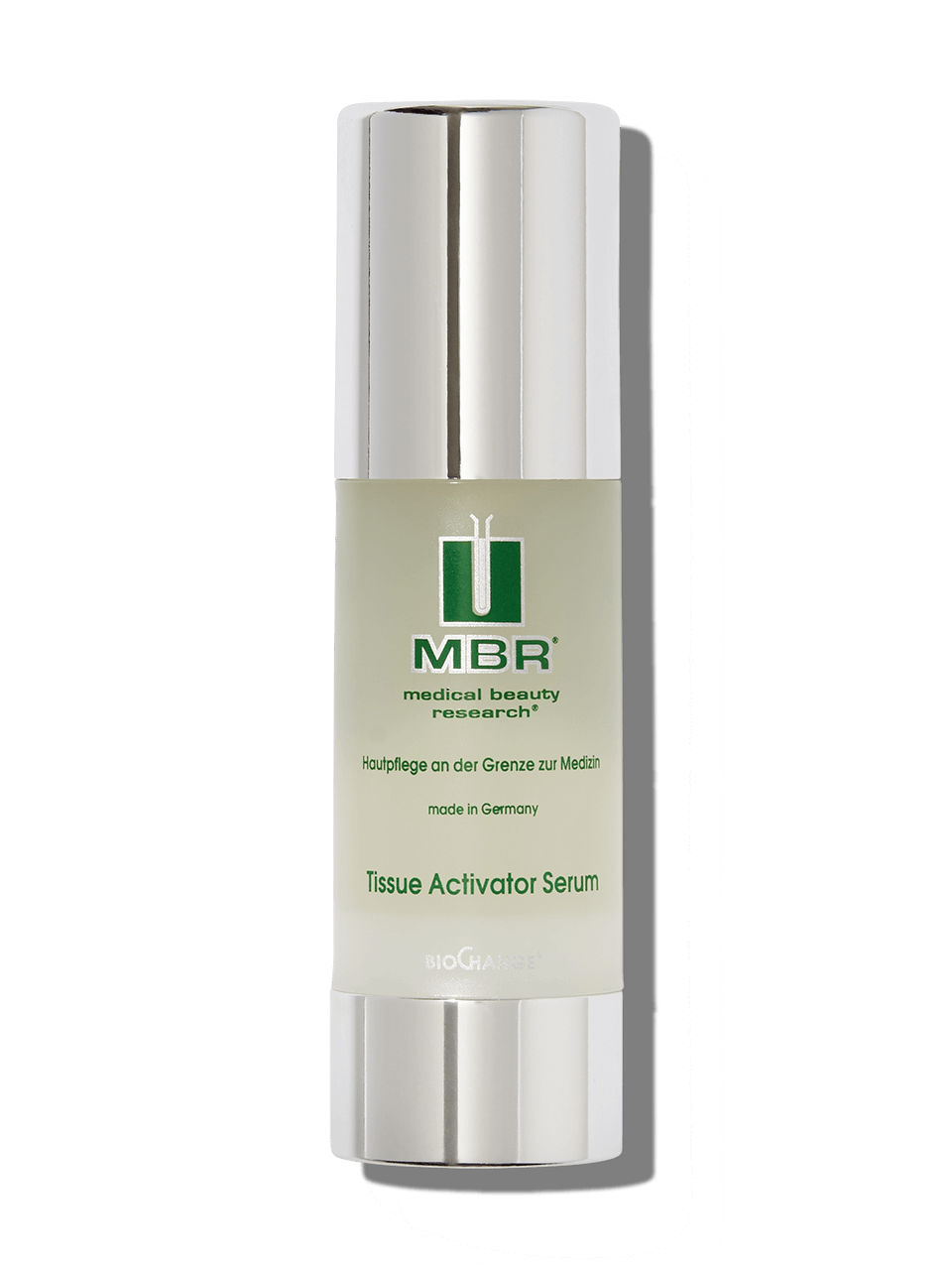
MBR Medical Beauty Research
Tissue Activator Serum
Treating Post-Inflammatory Hyperpigmentation
-
Keep the area out of the sun as much as possible. If you can’t avoid the sun, make sure to apply a good physical broad-spectrum SPF 30 regularly.
-
Creams with vitamin C, kojic acid, retinol, soy, licorice root, and berry extract can also, help fade darkened marks.
-
LED Therapy works in myriad ways to improve inflammation and hyperpigmentation. Green LED inhibits tyrosinase, the enzyme responsible for melanin production. Red LED stimulates the production of collagen and elastin and helps treat pigmented lesions. Infrared LED penetrates deep into the tissue, targeting inflammation, soothing and repairing damage.
-
Regular exfoliation is especially important when treating PIH (post-inflammatory hyperpigmentation). PIH pigment deposits are much shallower than pigmentation from UV damage. Gentle chemical exfoliation will help remove the top layer of epidermal cells containing this pigment, thus helping it to fade over time.
Below are my product recommendations for Post-Inflammatory Hyperpigmentation.
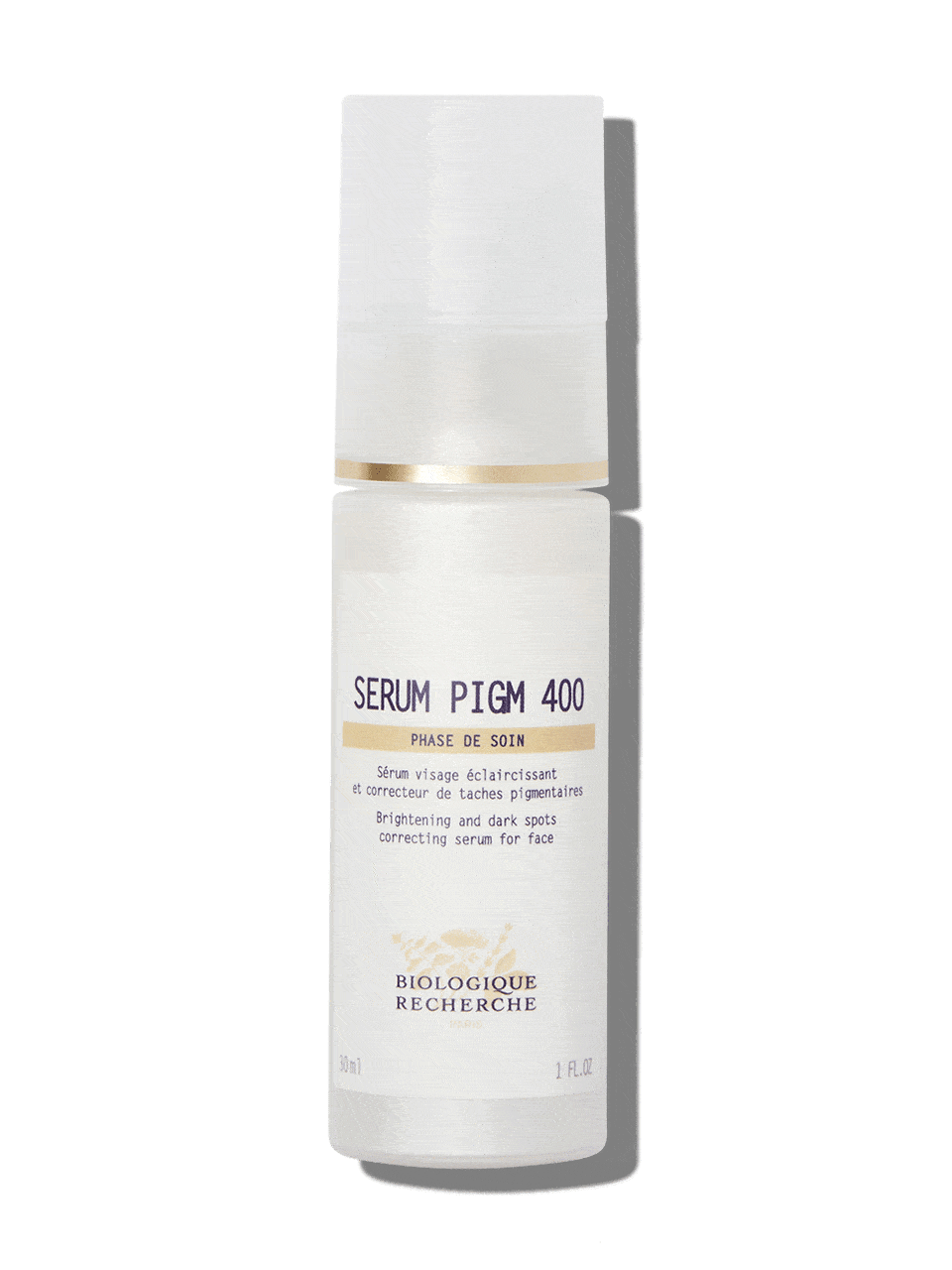
Biologique Recherche
Serum PIGM 400
Treating Hypertrophic or Keloid Scars
Treatment for hypertrophic and keloid scars focuses on reducing the height of the scar so the skin appears smoother.- Cryotherapy freezes and flattens the scar and is one of the safest and most effective treatments for hypertrophic scarring.
- Massaging or applying pressure over the scars is beneficial, as it can weaken the scar tissue and help reduce the size of the scars.
- Medical microneedling into the dermis at depths of .5mm - 1.5mm can break down scar collagen and stimulate fibroblasts to produce new, healthy collagen. Depending on the severity of the scar, several treatments may be required but this is a very effective and lasting treatment. At-home needling devices do not penetrate as deep as professional medical microneedling, but are helpful nonetheless.
Below for my product recommendations for Hypertrophic and Keloid Scars.
